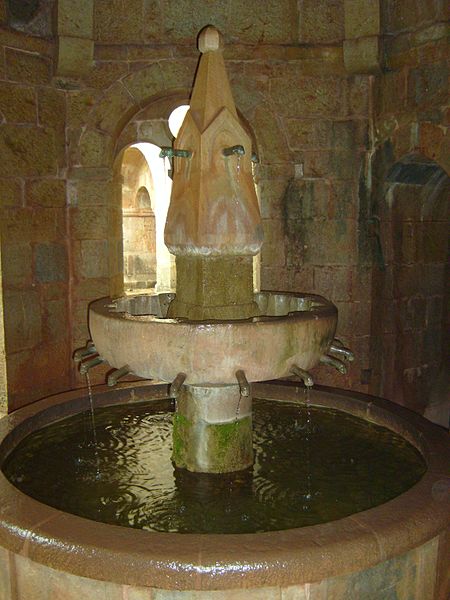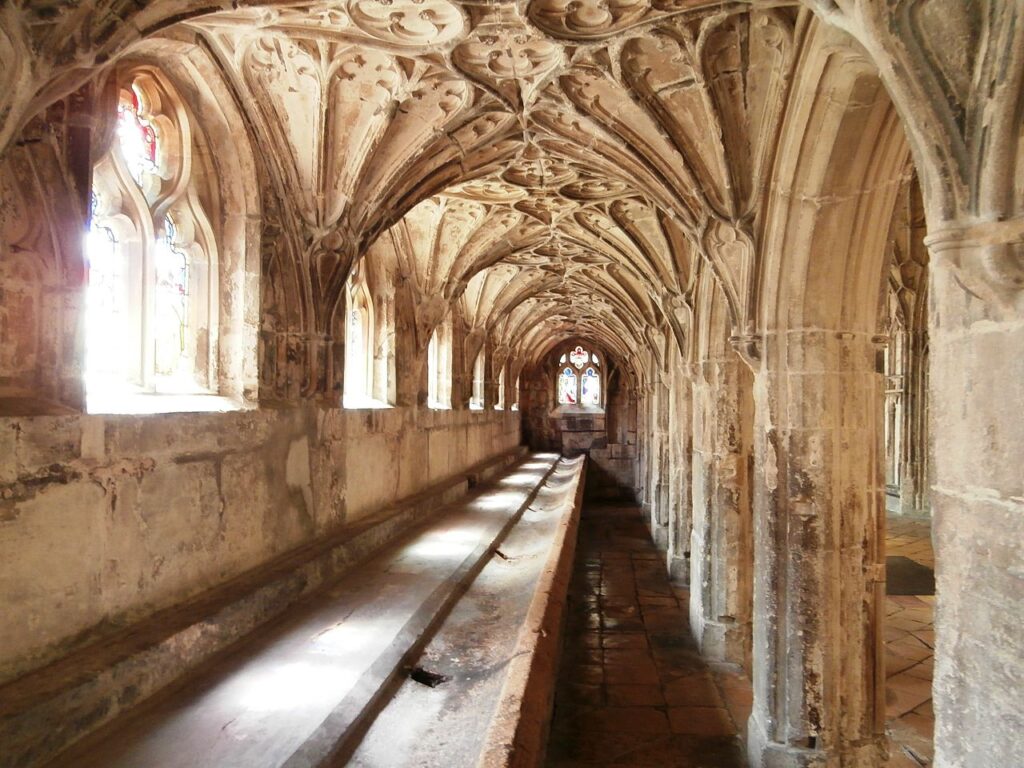John the Potter
The potters of the fourteenth century London were not makers of earthenware, but workers in copper and brass, and bell-founders
John Potter
A working craftsman of this trade, John the Potter, was a man of more resources. In October 1288 he undertook a contract with the Abbot and Convent of Ramsey, in Huntingdonshire to make a new lavatory for them “of good and durable metal, thirty-three feet long and two and a half feet high, with sixteen copper keys (clavifus) of subtle design and richly gilt, and fillets through the centre”. Lavatory here means ‘Lavatorium’, which is a place where the Monks would have washed their hands before meals. For this piece of work he was to receive £30 and a gown. A third of the money was to be paid in advance to enable him to get materials, a third in six months’ time, and a third when the work was completed.
John was to ride down to Huntingdonshire with his two journeymen. The Abbey would find food for horses and men whilst they stayed, Master and men were each to have two loaves of bread and two gallons of beer, a dish of meat or a dish of fish every day, but one of the master’s loaves was to be “monks’ bread,” and both his gallons were to be drawn from the Convent cask, whilst his men were to be content with the bread and beer given out in the hall to the servants of the Abbey. (fn. 2)
From: ‘London tradesmen and their creditors: (G. Unwin)’, Finance and trade under Edward III: The London lay subsidy of 1332 (1918), pp.19-34.
The two Photos below show very different layouts of Lavatoriums, where the monks would have washed their hands before eating. As you can see from the description of Ramsey’s new Lavatorium above, it was different altogether to the ones below, being made entirely of metal. This makes Ramsey’s very unusual and hard to visualise, what it would have looked like.


